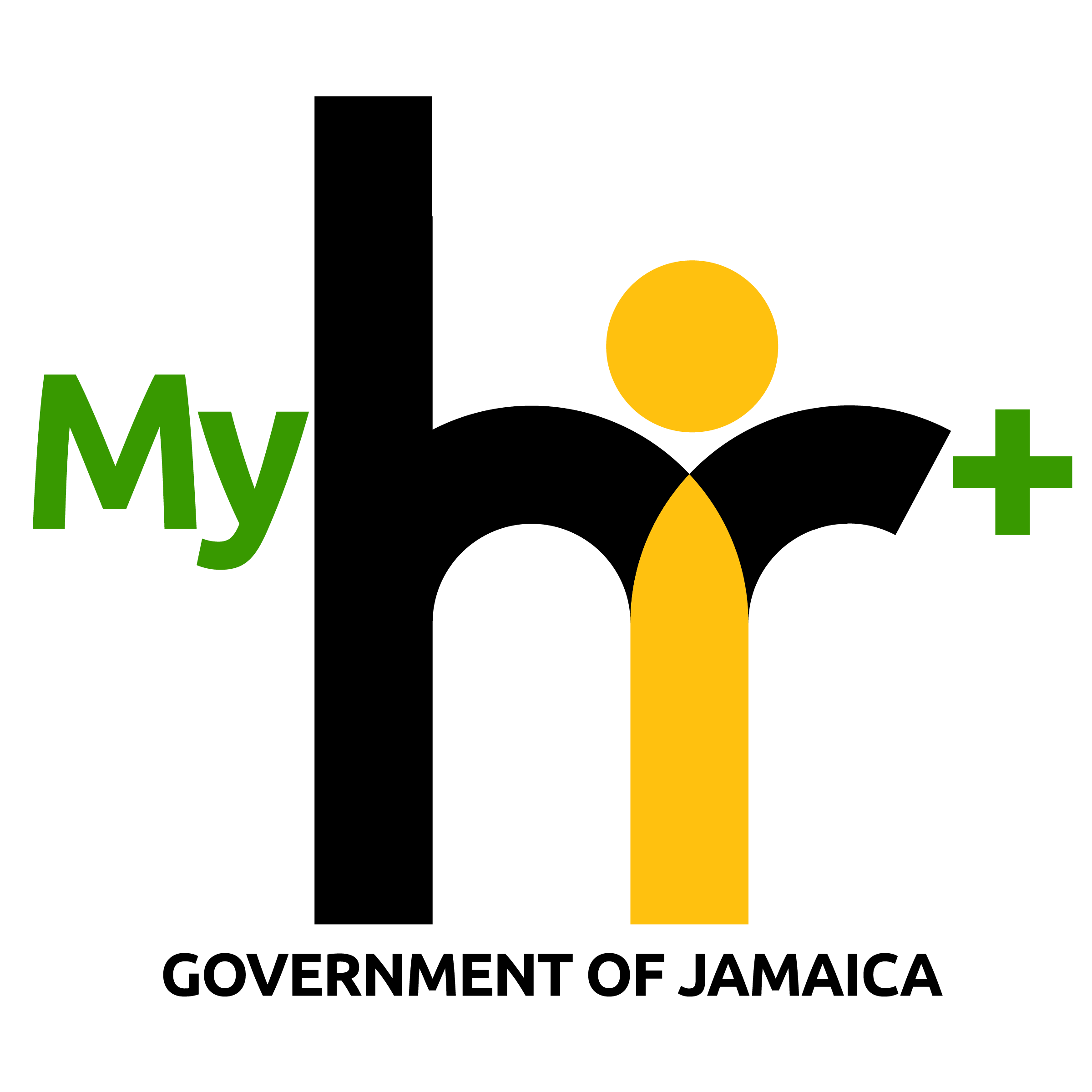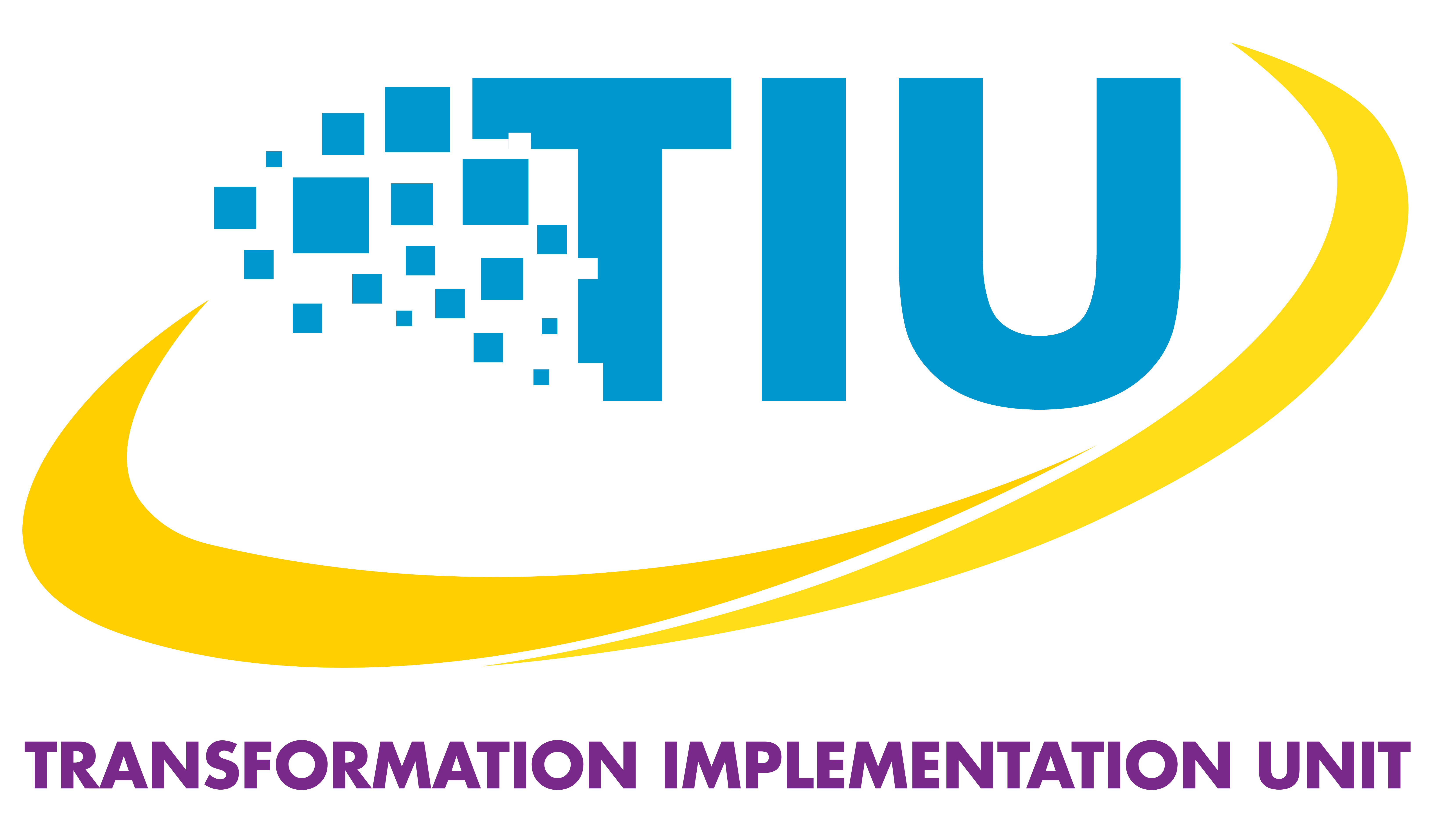
Traditional Vs Strategic HRM – a view from the practitioner
Ms Heather-Gaye Williams, Senior HR Officer, Forestry Dept
Change is constant. As a human resource practitioner I am always mindful of this fact but it is now foremost in my mind as we approach a phase of transformation focused on improving the management of human resources in the public sector.
It is my view that we have to shift our focus away from traditional to strategic Human Resource Management (HRM) in order to bring about the changes needed in the management of HR to enable the transformation of the public sector.
Traditional HRM speaks to the management of human resources primarily for the benefit of the organisation. On the other hand, Strategic HRM is the proactive management of people. It is about linking of human resources with strategic goals and objectives in order to improve business performance and develop organisational culture that foster innovation, flexibility and competitive advantage.
To draw an example within the context of the Jamaican public sector, it is important to have our policies and procedural manual/document, such as the Staff Orders which provide the necessary streamlined guidelines regarding HRM operations. But when there is nothing adequate to address expedient HR needs, we are at a stalemate or hope that the situation will “work itself out”. It is then, that we divert from traditional HRM to strategic HRM.
Traditional HRM ensures that the directives of senior management are executed expeditiously without much thought for the ‘welfare’ of the employee as the focus is on organisational benefit.
Strategic HRM occurs when the HR practitioner sits at the decision-making table and presents all sides of the issues regarding the employee, and advocates on behalf of the employee, yet actively being mindful of the organisation’s strategic objectives. All factors affecting both the employee and the employer are considered and a mutual decision is arrived at resulting in a win-win situation. This is where the welfare of the employee also affects the strategic objectives of the organisation, as the employee will feel the decision was fairly made, resulting in continued or increased productivity levels. Of course, the opposite, would result in loss of productivity levels due to an unhappy employee who may also exit the organisation’s workforce. This action would then require costly recruitment and replacement activities on behalf of the organisation, which would also negatively affect the strategic objectives of the organisation.
In conclusion, the effective practice and application of Strategic HRM allows holistically for the following within the organisation:
- Improved communication and strategising
- Solution-oriented thinking
- Cooperation and favourable integration of change
- Objective decision making
I believe the time is right for us to embrace a new way of thinking about how we manage the most vital resource in the public sector – human resources.
